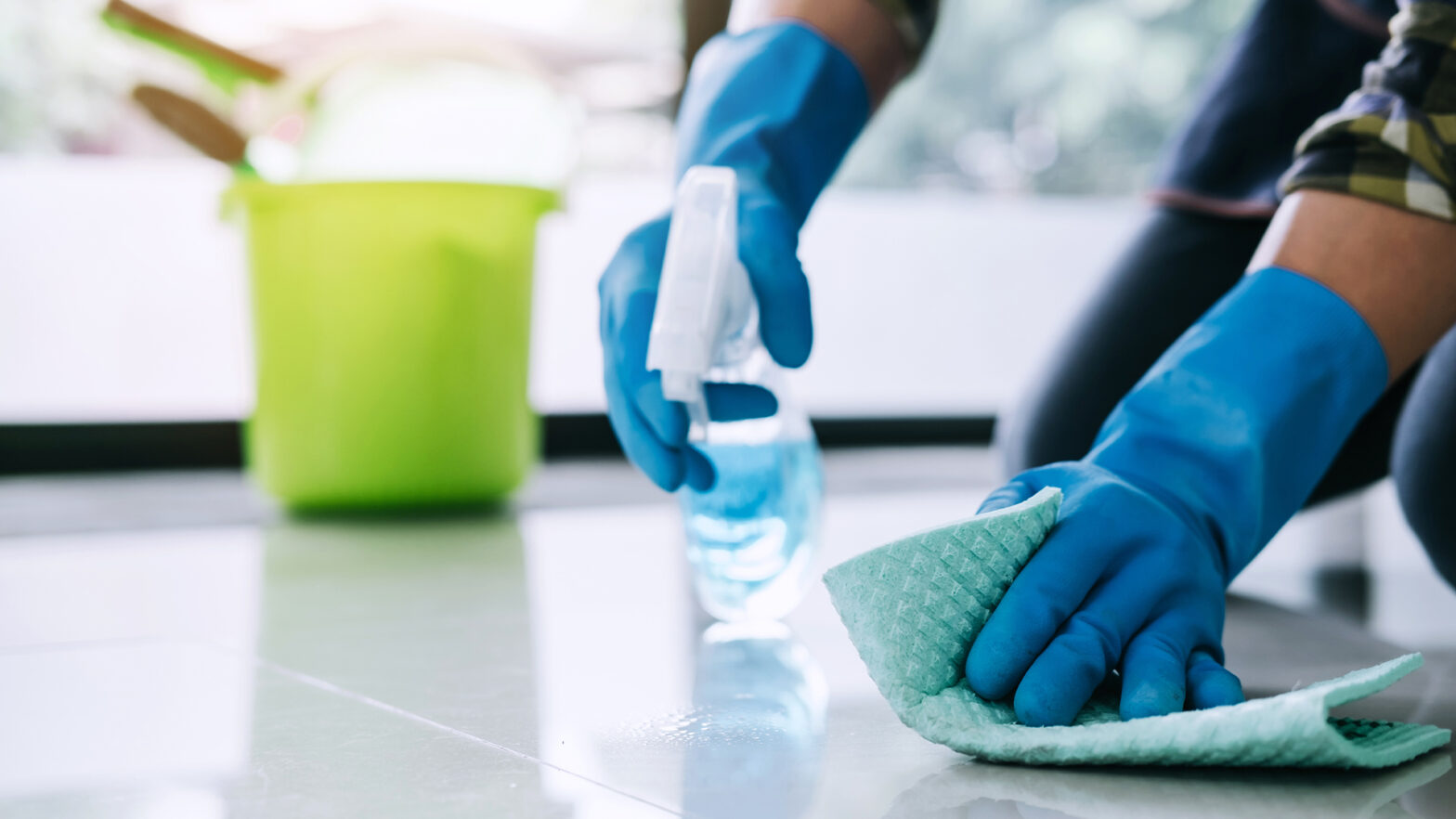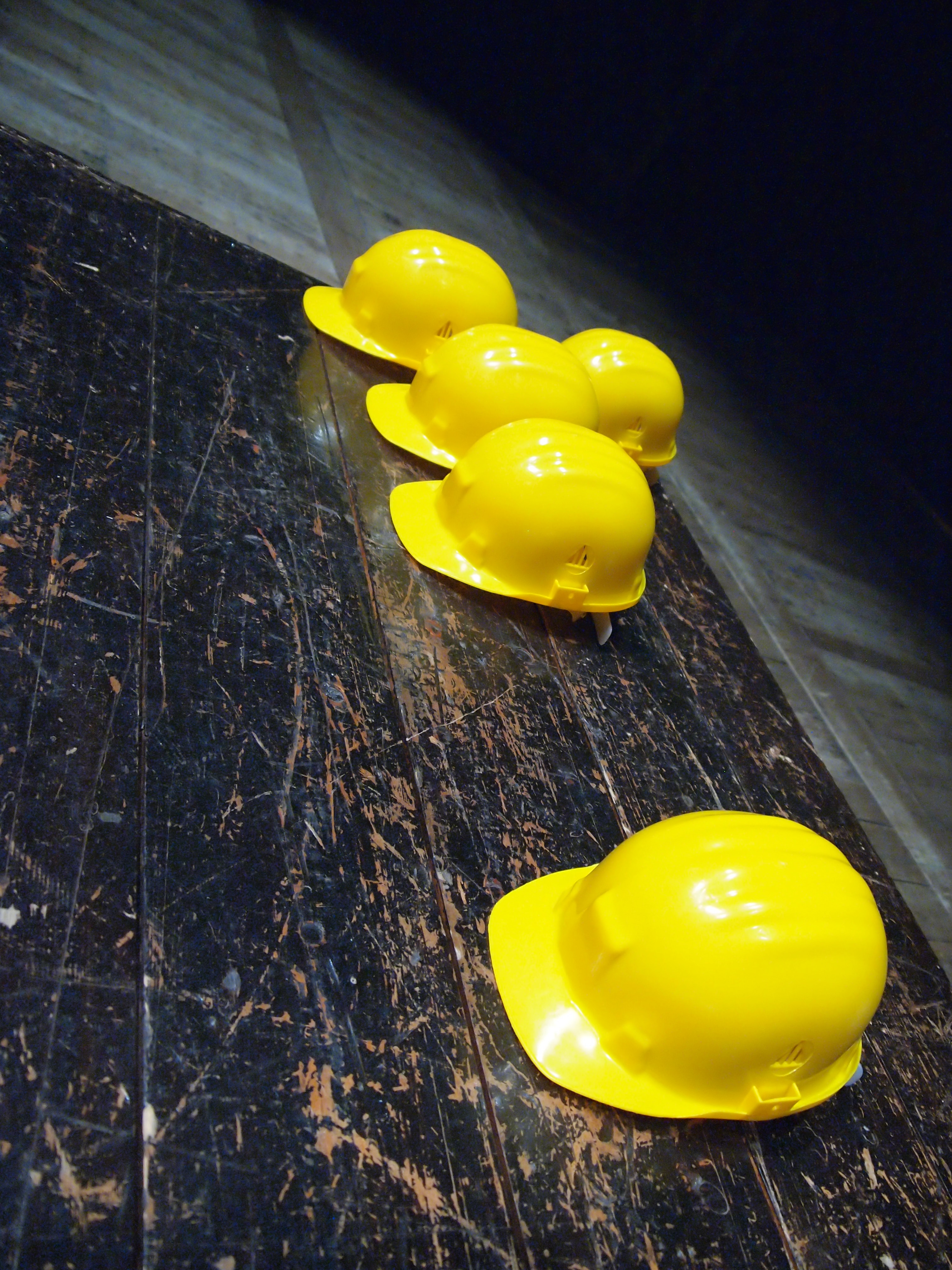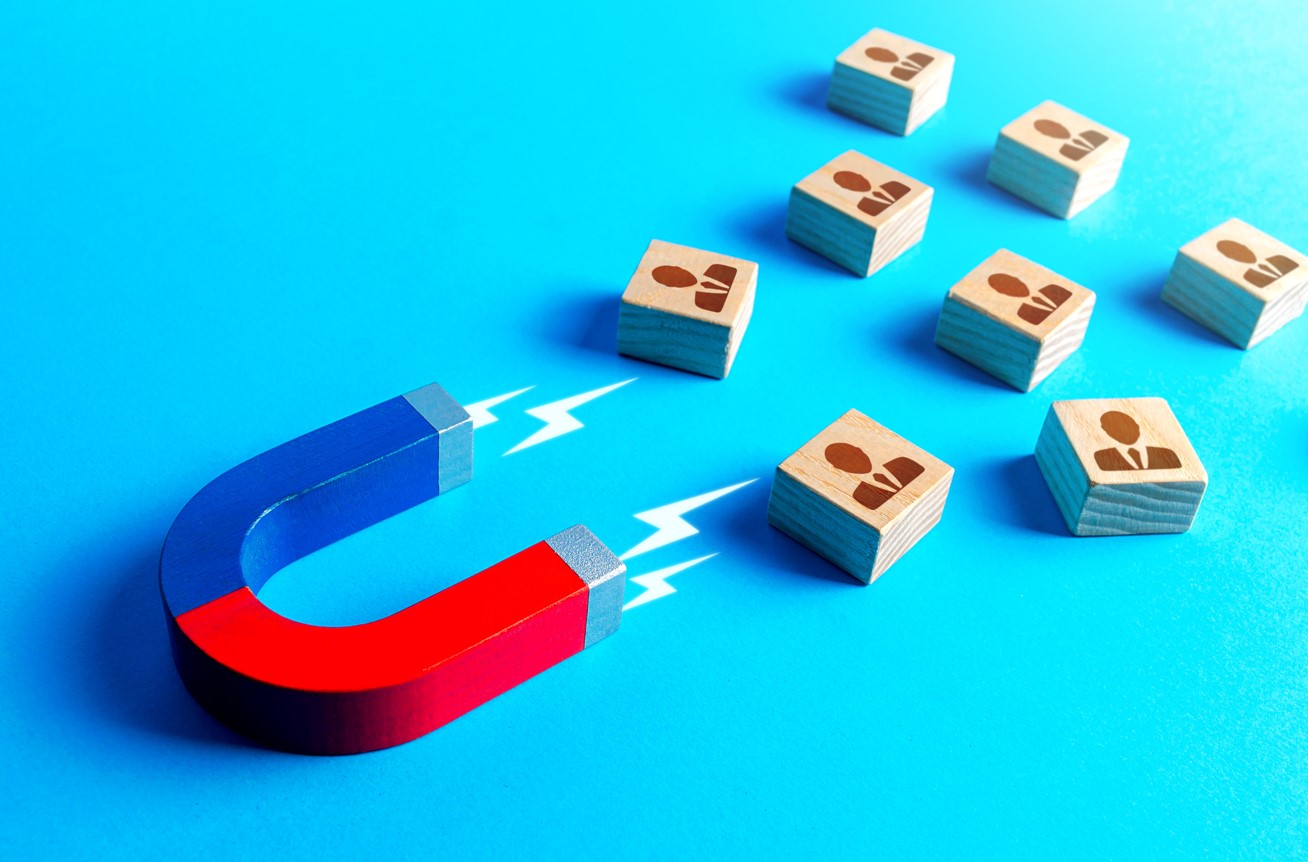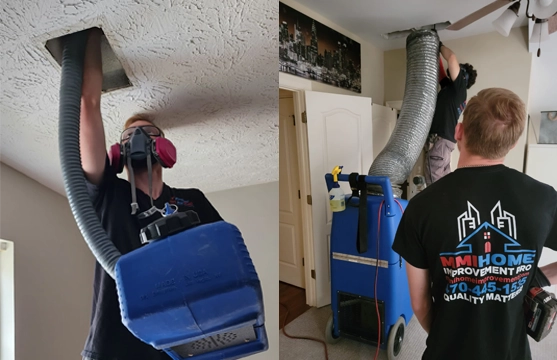
- As spring approaches, so does the time for the needed annual reset in our homes.
- Flooring expert, Liam Cleverdon from Flooring King provides tips on giving floors a well needed deep clean, as well as the mistakes homeowners should avoid.
As the season for the annual reset approaches, many homeowners are looking for quick and easy hacks to tackle their list of chores. However, some trending tricks could potentially be damaging to floors.
Flooring expert, Liam Cleverdon from Flooring King, has shared the major mistakes homeowners make when cleaning that could damage hard floors, as well as their top tips on giving wood or wood-effect floors a new lease of life for spring.
Keep reading to learn the top floor cleaning mistakes to avoid.
Avoid steam cleaners
Steam cleaners have become somewhat of a trend on TikTok to deep clean all areas of your home, amassing 77,700 posts under the hashtag #steamcleaning1. Whilst these are great for some parts of your home, steam cleaners can damage wood or wood-effect floors, such as LVT, laminate or engineered wood, by causing discoloration or altering the finish by warping or cracking.
So, whilst it may feel like steam cleaners are giving your wood or wood-effect floors are deep clean, they can cause damage over time.
Don’t use an extremely wet mop
Surprisingly your mop doesn’t need to be soaking wet to be effective in cleaning your floor. This may feel like you’re giving your floors a deep clean, however, using too much water on wood or wood-effect floors can cause excess moisture to seep through the surface and cause lifting or warping.
Instead, use a relatively dry or damp mop with a suitable floor cleaning solution that works for your flooring type, and any pesky stains will soon come up.
Using the wrong products
There’s also no need to use multiple cleaners or finishing solutions, as again, soaking the likes of LVT or vinyl can cause damage.
Furthermore, it’s important to understand what type of flooring you have as they may require different types of cleaning solutions. For example, using abrasive cleaning products containing ammonia or wax-based formulas on laminate is a surefire way to destroy the protective layer on your flooring.
Don’t forget to dry your floors
It’s easy to forget one of the most important steps in cleaning your floors and just leaving them to air-dry. However, adding the time into your cleaning routine to properly try your floors is vital for protecting them against moisture damage, similarly, to using an overly wet mop.
Read below to learn the tips for deep cleaning floors, damage free.
Start by clearing debris and dust
Before you start mopping or spot cleaning, be sure to properly sweep up any debris and dust. You can do this by dry mopping with a micro-fibre mop head, or using a vacuum with a soft bristle brush to pick up dust and dirt.
Use products you already have in your cupboard
If you’ve run out of suitable floor cleaner and are looking for an alternative option, there may be some things lying around in your kitchen cupboards that can be used instead. However, you should always aim to use the recommended cleaning solution from the manufacturer.
For wood floors, using a mixture of water, white vinegar and dish detergent would be a suitable alternative.
If you have laminate or LVT flooring, then white vinegar and water again would be a suitable homemade solution. This solution can also be used to spot clean carpets.
If using these homemade solutions then be sure to mop with plain water afterwards to remove any potential residue.
If there are any tough marks left, spot clean them
If you have stubborn marks on your floor that a mop can’t lift, then get a damp cloth and your concentrated cleaning solution to remove these tougher stains. With this step, don’t be tempted to scrub, simply pat the stain gently until it lifts.
Re-oiling your floors
If you have engineered wood flooring, then consider re-oiling your floor to give it a new lease of life. It’s recommended that oil is reapplied every 6-12 months, as this will help preserve the floor’s appearance and durability – perfect for resetting homes ahead of the new season.
































